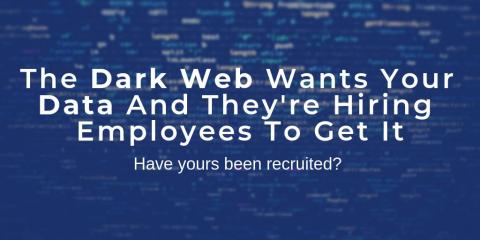Five ways AI is being used in the cybersecurity industry
At a point in time, smart devices and robotics were common elements in the storyline of futuristic fictional novels. Today, those concepts are the modern norm across the technology industry. Similarly, in cybersecurity, pioneering professionals held on to seemingly far-fetched dreams where logs were easy to analyze, and false positives didn’t exist. While these challenges still exist, artificial intelligence (AI) is making these once far-fetched dreams the new norm in the security industry.





